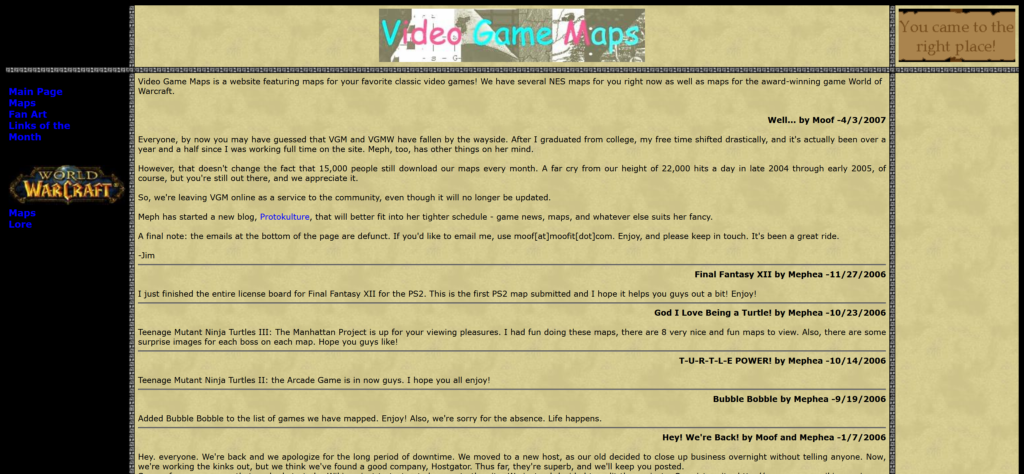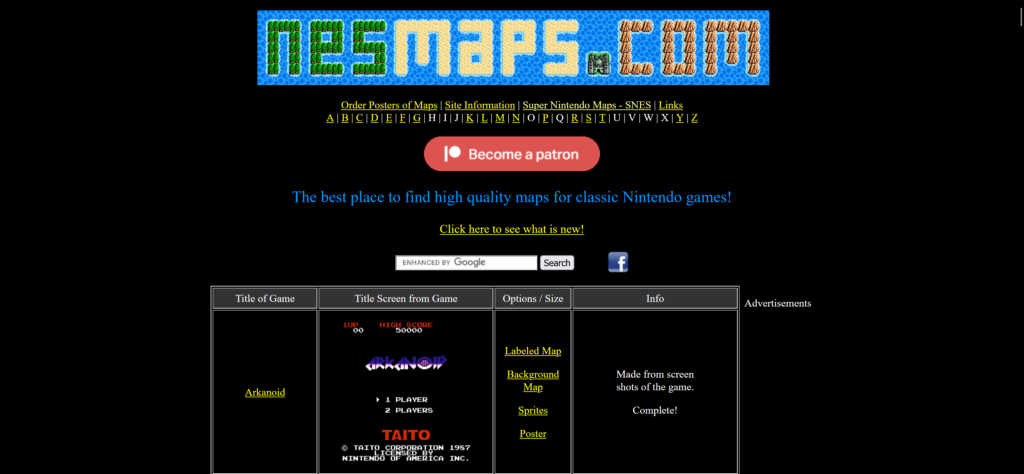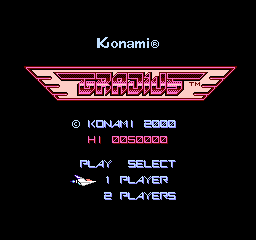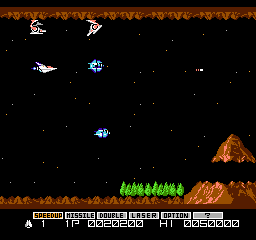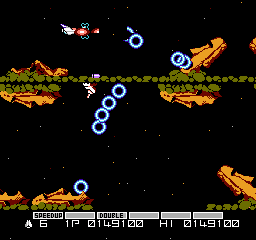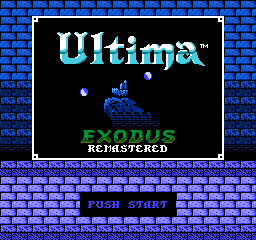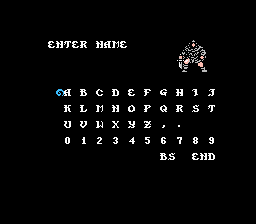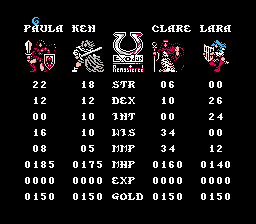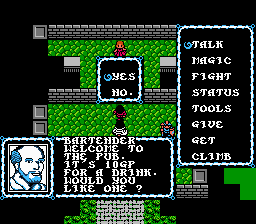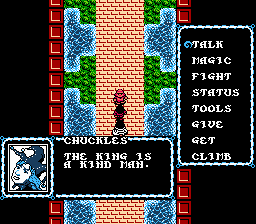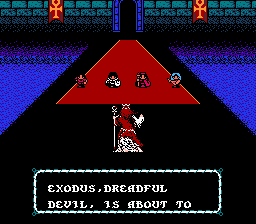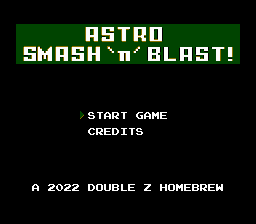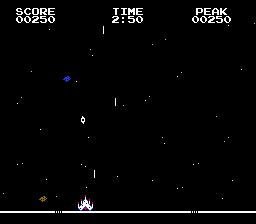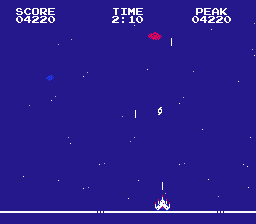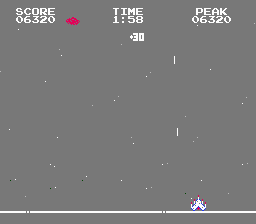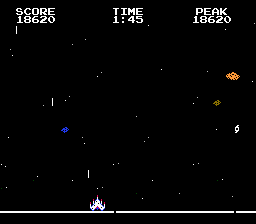Dr. Sparkle’s epic, Sisyphean journey through the entire library of the Nintendo Famicom/NES, Chrontendo is back! This episode has the subtitle, “The games will get worse until morale improves,” and is it ever fitting. Here it is, more about it beneath:
This episode presents ten games from June of 1990, well into the glut of NES games when many companies with no business being in the games business dipped in their toes, much as they did at the end of the Atari 2600’s reign. Even though Nintendo was supposedly guiding the library with their benevolent white-gloved hand, those of us who were alive then and lived through it know better.
The games:
- Bandit Kings of Ancient China (a.k.a.. Suikoden): Dr. S has some fun with the opening of this one, where he confuses it with a different, much later, much prettier game called Suikoden. This one is another of Koei’s many historical sim strategy games, ports of computer games. These games aren’t actually bad, but they are definitely an acquired taste, and they’ll destroy you if you aren’t prepared. I wonder how these games look internally? There doesn’t exactly seem to be a huge Koei historical strategy sim romhacking scene. Internally I imagine them being a giant maze of 8-bit math routines and text tables. If NES-era JRPGs are anything to go by, lots of menu-based games like this are riddled with subtle bugs. Someone should look into that. Someone other than me.
- Kickle Cubicle: Also not that bad a game, a fairly charming port of an arcade puzzle game. Someone should have told Irem that no one was making good NES games around this time, because this is a highlight of the episode. Sadly it’s not to Dr. Sparkle’s tastes, but he admits it’s not really that bad. (Apparently he got beat up by Koke the Eyepatch-Wearing Chicken.)
- Moero!! Judo Warriors: A judo sim from Jaleco’s “Moero” series (which doesn’t contain Moero Twinbee as one might think or hope). Many of the Moero sports games got localized to the US under different names (the baseball one became Bases Loaded). It’s largely a redo of an earlier Jaleco judo simulation.
- Jeopardy! 25th Anniversary Edition: Agh, another of the avalanche of Rare-developed game show adaptions from the NES era. At least Jeopardy still exists today so you roughly know what’s going on, as opposed to the hates of Double Dare or Remote Control. No great shakes, no, but at least look at the spinning words “Anniversary Edition” on the title screen. Rare would often put that bit of unnecessary polish into their work. Despite their efforts though, this is not a game that plays well with a gamepad.
- Heavy Shreddin’: A snowboarding game from Imagineering, it’s pretty basic.
- Cabal: an adaption of an arcade game, programmed by Rare. (But remember, there is no cabal!) You might call it an Operation Wolf-like, but with destructible terrain. On the NES it’s not a lightgun game, even though it looks like it wishes it were one.
- Silk Worm: Another arcade port, on the NES is lacklustre side-scrolling shooter where you can play as a helicopter or a jeep. Keep in mind, as you watch the footage of this, that Super Mario Bros. 3 came out the year before in Japan.
- Arkista’s Ring: the cover seems to promise at last the Zelda where you play as Zelda, but no, it’s not an exploration game at all. Not really bad, but not a system highlight. As Dr. Sparkle says, the game pulls a Ghosts ‘n Goblins on you, making you compete all the levels four times at higher difficulties. Hm.
- Rad Racer II: Pretty much a track update of the original Nasir-developed Rad Racer, and Square’s last non-RPG game for a long time, as well as their last Famicom game. Rad Racer was a modest hit when Nintendo published it for the NES, so Square probably sought to capitalize on that with this US-only release.
- Rocket Ranger: A port of the Cinemaware computer game. Cinemaware’s gimmick was making games that mimicked the experience of movies, and this one’s no different. In actual play it’s just a minigame collection within a simple strategy framework.
And as an extra, Dr. Sparkle presents his 1990 arcade round-up. Games covered are Sega’s Alien Storm, Moonwalker, GP Rider and Columns, Atari’s Batman, Race Drivin’ and Pit Fighter, Capcom’s Mercs, 1941 Counter Attack and Super Buster Bros., Konami’s Aliens and Parodius Da!, Namco’s Final Lap 2, Irem’s Air Duel, Williams’ Smash T.V., SNK’s Beast Busters, and-oh wow!-Seibu Kaihatsu’s Raiden!
Chrontendo 68 (Youtube, one hour 28 minutes)


